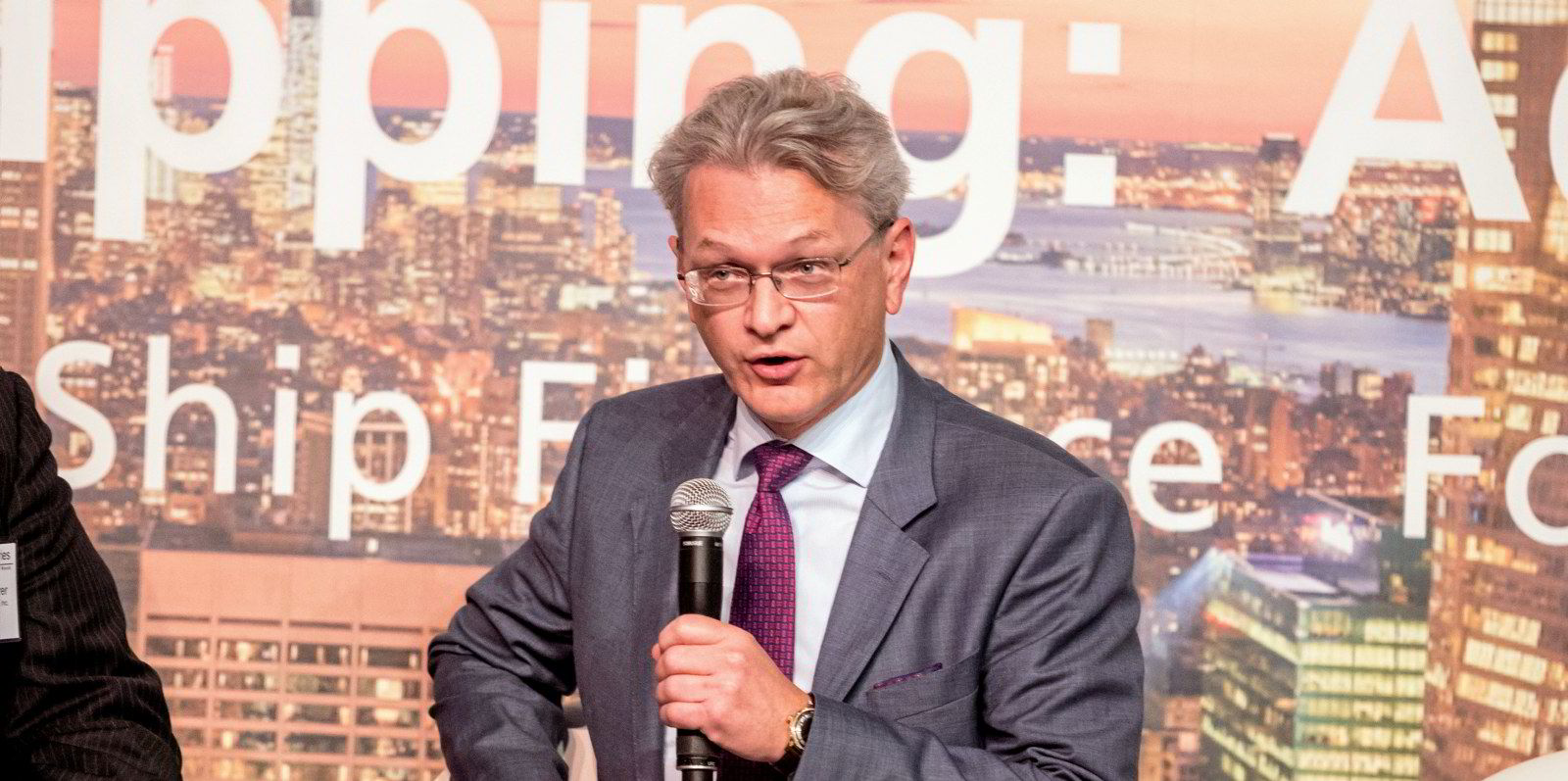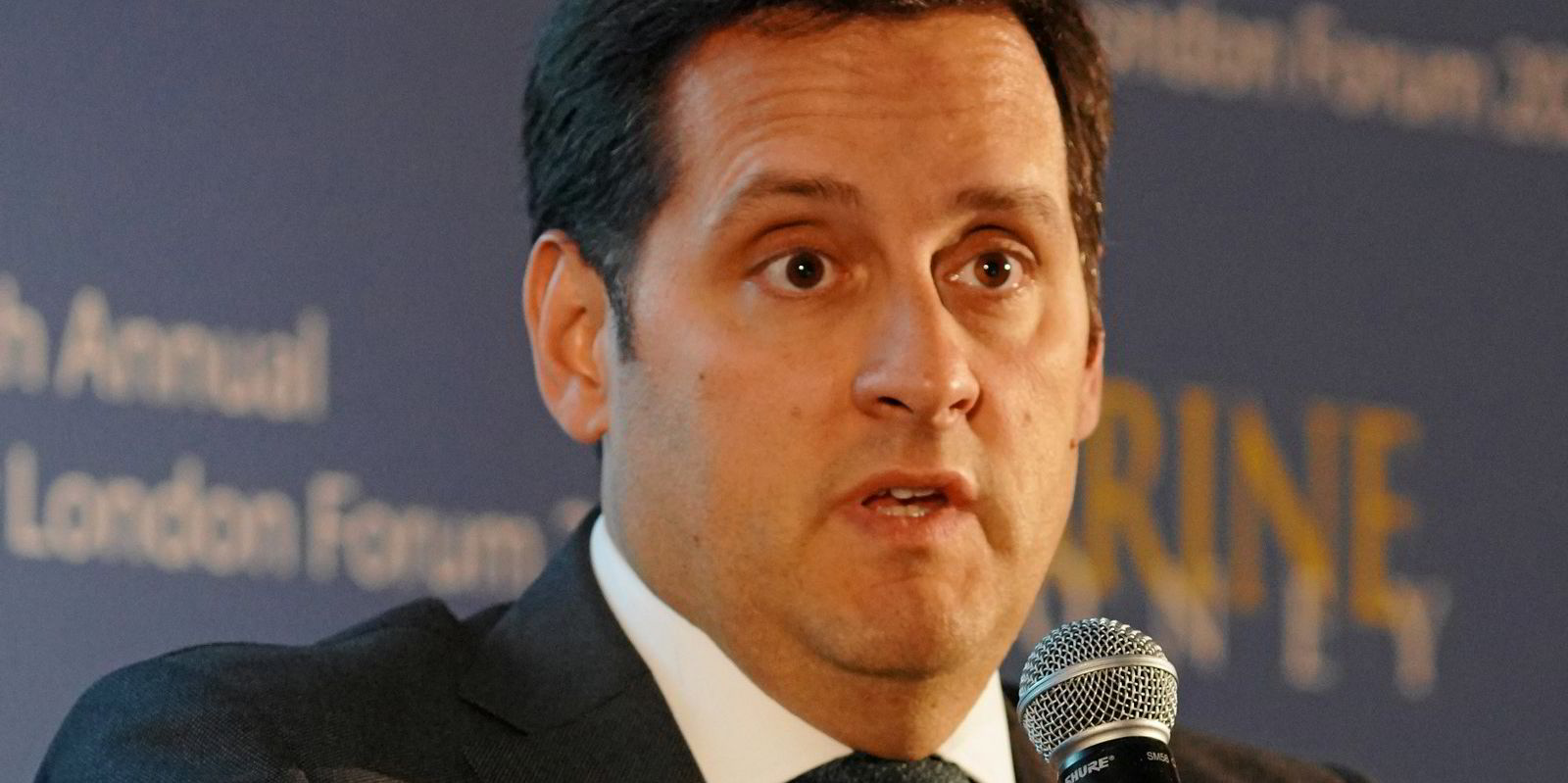John Fredriksen’s SFL Corp believes a huge newbuilding drive is needed to meet car-carrier demand as new efficiency regulations come into force.
The New York-listed sale-and-leaseback specialist’s chief operating officer Trym Sjolie described the vehicle shipping sector as “very interesting”.
Speaking on a conference call, Sjolie said: “It’s a market where SFL has an edge, I would say. The operators have an industrial view and they have long-term fleet planning.”
He added: “And there is a huge space there now for fleet renewal. You have all the ships being sort of redundant due to new emissions regulations coming in, where they either have to be replaced or where they have to reduce speed quite drastically in some cases.”
The global car-carrier fleet totals about 700 ships.
The company has a fleet of 71 wholly or partly owned vessels, of which 34 are container ships.
Six are car carriers, including four dual-fuel ships under construction.
“I think at least a couple of hundred ships would have to be sort of built in the next five, six, seven years, just to replace the current fleet,” the COO said.
The challenge for SFL now is to find the right vessels, the right newbuilding slots and the right counterparties, Sjolie added.
“But we feel we have a nice view,” he said.
More sales on the cards?
SFL Corp will net about $48m in profit from the recent sale of two VLCCs and a container ship in the first quarter.
Chief executive Ole Hjertaker was asked whether any other boxships were likely to be sold to charterers.
He said SFL has a number of older, smaller midsize containerships.
One was just chartered for another three years to AP Moller-Maersk at a “fairly high rate, reflecting the current market”, the CEO said.
“We have one more that will come open and will be available for chartering again in a few months,” he added. But there are no purchase options tied to this duo.
Hjertaker also said there are a couple of older 4,100-teu vessels and five 5,800-teu units on long-term charter to Mediterranean Shipping Co.
These are effectively structured as hire-purchase deals.
“I think I would be very, very surprised if those options were not exercised, but that was also the design at the time,” he added.






